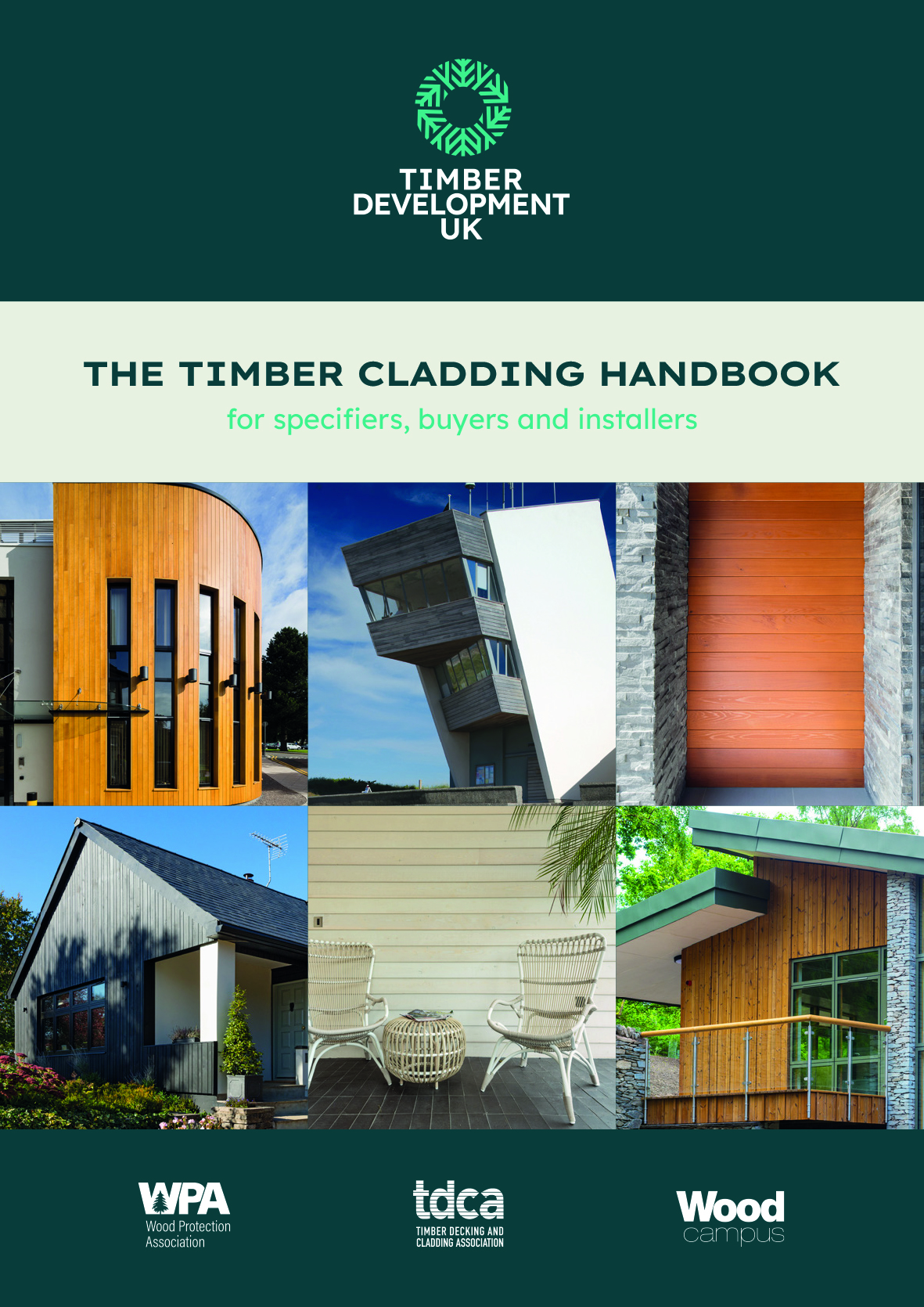Cladding Checklist
The following are key points to consider. Please obtain a copy of The Cladding Handbook for more detailed information.
- Only use timber species and fixing types suitable for exterior use.
- Timber cladding should be supplied/used with a moisture content of 16% ± 4% (unless using green oak – specialist knowledge required).
- Make sure the design and installation will accommodate the natural seasonal movement of the timber by paying attention to correct movement gaps and/or overlaps for the profile and species used.
- Cladding acts as a rainscreen to deflect wind-driven rain from penetrating the building envelope. A drained and ventilated cavity (open at the top and bottom to allow through ventilation) channels any moisture that might enter the cavity back to the building’s exterior.
- The depth of the ventilated and free draining cavity will be dictated by the thickness of the battens used which, depending on the arrangement, will be at least 25mm and typically 38mm or more.
- A vertical cladding arrangement requires the use of a counter batten to create a continuous void behind the cladding boards.
- Fit vermin mesh to all openings to prevent access by small mammals and large insects into the cavity (you cannot effectively exclude small insect as they can get through tiny gaps).
- Battens should be capable of providing at least the same service life of the cladding boards (Use Class 3) and should be capable of taking fixings without splitting – observe minimum dimensions.
- Through fixing is the most secure way to install timber cladding.
- Place fixings at quarter points and minimum 20mm in from board ends to help prevent splitting
- If you crosscut any pressure treated timber on site, recoat the cut ends with brush-on end grain wood preservative/sealer as per manufacturer’s instructions.

The Timber Cladding Handbook
In this book you will find design detailed drawings showing basic principles of cladding build-up, covering arrangements for both vertical and horizontal cladding applications on both timber frame and masonry buildings in addition to external and internal corner arrangements.
The more detailed TRADA Manual to which the Cladding Handbook refers is currently being rewritten and the new version should be available some time in 2022 - watch this space.





